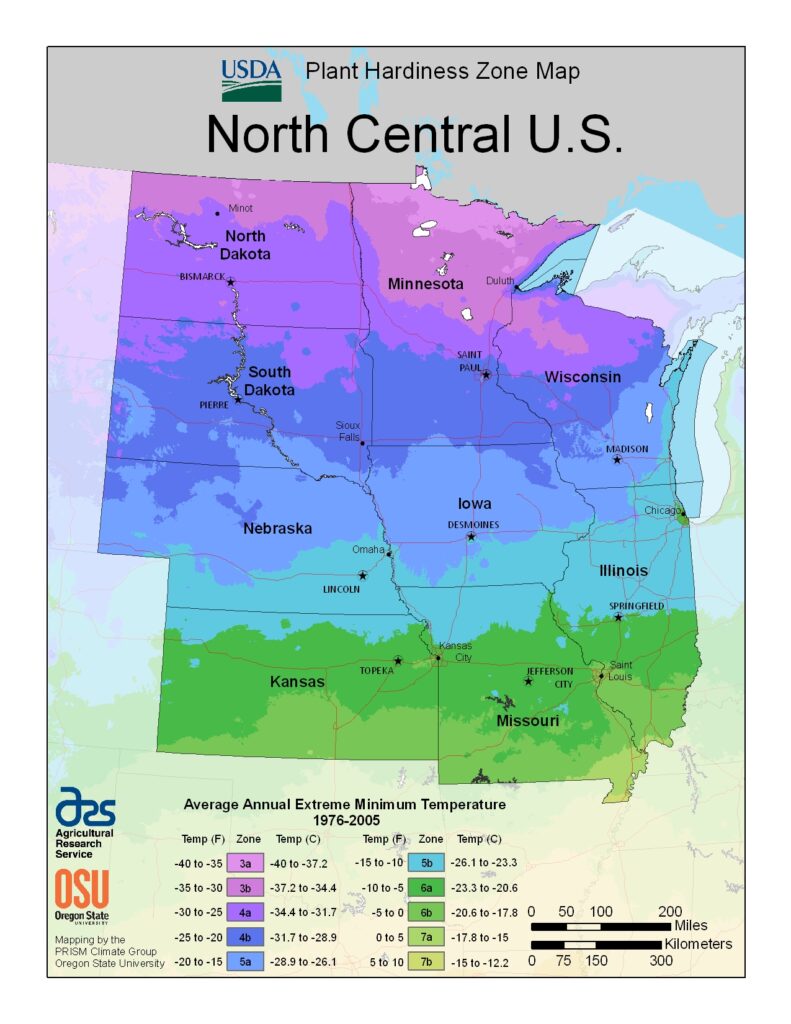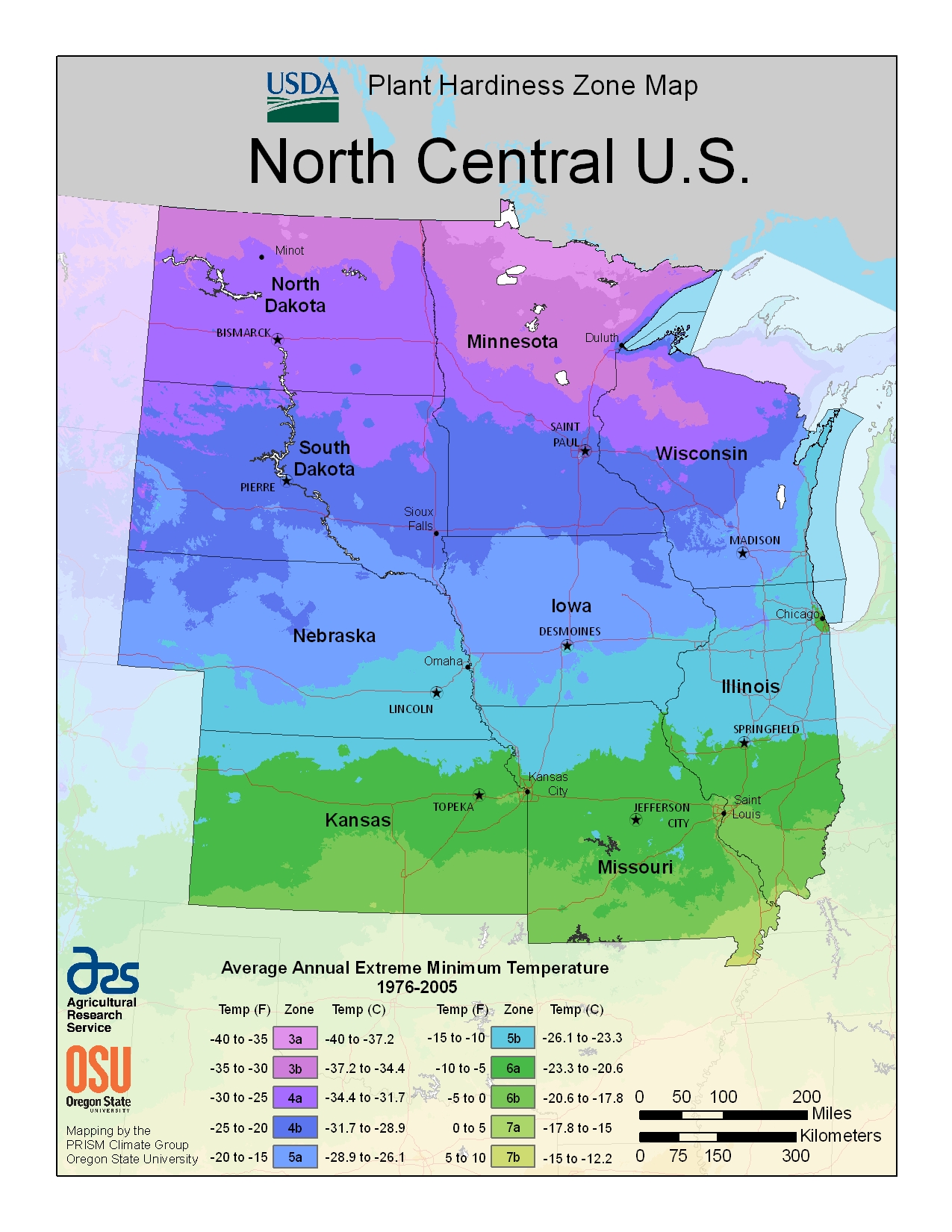I have been thinking about next year’s garden. I know it may seem early, but the world has changed a lot in the last few years. And, who knows what will happen next, in these plaque times! It seems like a good idea to plan ahead.
So, how does one go about planning for next years garden? There are several questions to think about. There are decisions to be made.
First, what do I want to accomplish with my garden?
In other words, what kind of garden do I want? For example, I might grow a small kitchen garden for fresh salad fixings, like lettuce, peppers and tomatoes. Alternatively, I could try to grow staple foods (like dried beans, wheat or potatoes) for long-term storage.
In past years, I have grown some staples, such as onions, and lots of fresh vegetables for eating in-season. I have tried growing those things in various ways (grow bags, raised beds, in-ground beds) with varying success.
This coming year (2022), I would like to grow sufficient amount of at least one staple crop, that I can store it for the coming winter. Since I have had some success with beans (they are growing well now), I will try at least two varieties next year. Since I have had success with Egyptian Walking Onions and garlic, I will grow more of those, and maybe try a large bulging storage onion.
I have had some success with lettuce, kale, carrots, peppers and tomatoes. I will continue to grow those. Maybe I will be able to grow more and put some up by dehydrating, canning or freezing it.
Second, what climate do I live in and what will grow in my climate?
I live in UDSA hardiness zone 6b. That means that means that our average lowest winter temperatures are between about -5ºF and -10ºF degrees. In addition, our average risk of frost is from October 16th through April 14th. We generally don’t get frost from April 27th through September 2nd. So, that means I can expect to have at least about 128 days (or 4 months, 7 days) during which I can grow my crops. If I am lucky, I might have 186 days (or 6 months, 3 days) frost-free days.

You can determine your hardiness zone here. The USDA has an interactive map. Type in your address to find your zone. This is handy, since there is variation to zones due to topography.
You can look up your first and last frost dates here.
You can calculate the number of days here.
Why do I need to know my USDA Hardiness Zone and Frost Dates?
It is important to know your USDA hardiness zone and your average first and last frost dates, so that you can determine what will grow where you live.
What other information might be helpful?
It is useful to know what average rainfall you have in a year and what sorts of weather patterns you might expect. It is also helpful to know how much space your have in which to garden.
What Next?
Next up is a review of my seeds and figuring out what my 2022 garden will look like.
Until then, stay healthy, safe and resilient!

lax0fj